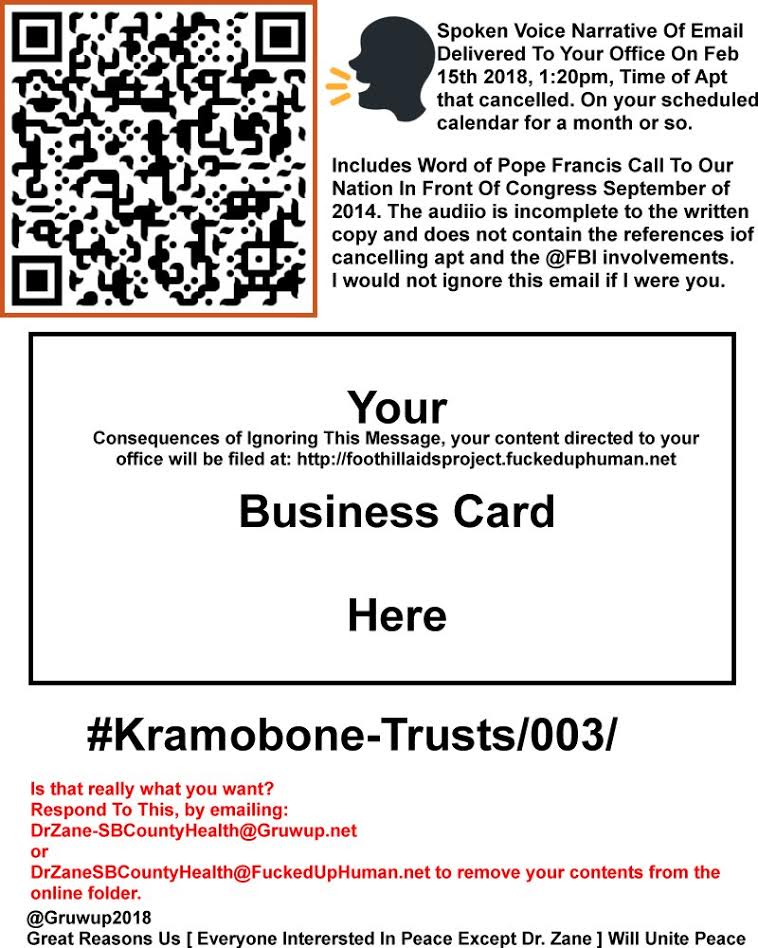The community itself has know this
for years and it just comes forward in Sept 2017. You all
conspiirators in this country deserve to fall from God Good Grace in The
Quickening.
National Center for HIV/AIDS, Viral Hepatitis, STD, and TB Prevention
Division of HIV/AIDS Prevention
OCTOBER 2017
CDC Information
Undetectable Viral Load and HIV Transmission Risk
The language in CDC’s September
27, 2017, letter was developed as part of a broad HHS process, which included
senior leaders, communicators, and subject matter experts from CDC, HRSA, NIH, OASH, and SAMHSA to review the
latest science on viral suppression as an HIV prevention strategy and develop updated messages to effectively
communicate these findings in a clear, concise, consistent, and accurate manner. The statement in the letter reflects
the fact that there have been no linked infections observed in studies among thousands of sexually active HIV-
discordant couples engaging in female-male and male-male
sex without a condom or PrEP while the HIV-positive
partner is virally suppressed. The term “effectively no risk” was the interim language selected by the HHS work group
to represent the estimated risk under optimal circumstances, namely when an HIV-positive individual is taking ART
daily as prescribed and then achieves and maintains an undetectable viral load.
It was intended to communicate the findings from these studies, which are based on finite data. Research studies with
finite data produce point estimates along with associated confidence intervals describing the precision and uncertainty
associated with those estimates. In these studies, the lower bounds of confidence intervals are all zero, but the upper
bounds of the confidence intervals are very small but greater than zero, which implies the possibility of a non-zero risk.
Although these three studies found no cases of HIV transmission over several thousand years of person time of
follow-up, these data can’t statistically rule out the possibility that the true risk is not zero.
We included the update on the scientific data in our letter to help ensure health care and prevention providers, people
living with HIV and th
eir partners and the public are informed of the strong evidence for the power of viral suppression
as an HIV prevention strategy.
Promoting treatment to achieve viral suppression has been one of CDC’s highest
priorities for many years. We know, however, th
at not all of those living with HIV or those who treat it are aware of the
effectiveness of treatment in not only protecting health but also preventing sexual HIV transmission. Capitalizing on the
power of treatment to achieve and maintain viral suppressio
n is an essential strategy for ending HIV transmission and
helping to ensure the health of people living with HIV.
As a next step in the HHS process, CDC is conducting message testing to determine how best to clearly communicate
both the science and how t
o implement this strategy in the real world.
It is important to remember that when
translating science into practice, the proven theoretical effectiveness of a prevention strategy is often lower due to
challenges with implementation. This prevention strat
egy is contingent on achieving and maintaining an undetectable
viral load, and data show that not all HIV
-
positive individuals on ART are virally suppressed, while even fewer maintain
viral suppression over time. Large U.S. studies of HIV
-
positive persons
in care or on treatment find that about two
-
thirds achieve and maintain viral suppression over twelve to 24 months; this means that about one
-
third did not
maintain viral suppression over one to two years.
CDC will continue working to equip providers, thos
e living with HIV,
and their partners with the information needed to help HIV
-
positive individuals successfully maximize this powerful
prevention strategy

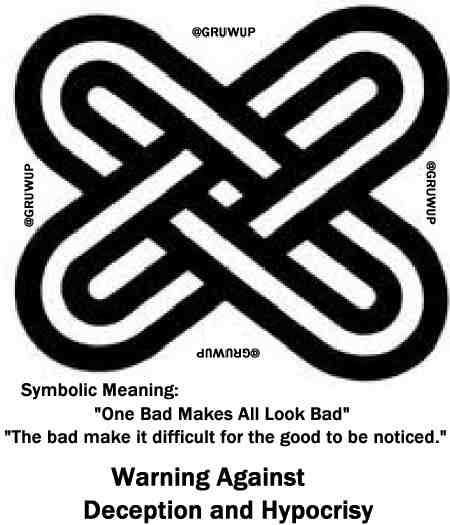
![[DIR]](Gmail%20-%20Your%20Online%20Folder%20Reorganized_files/U2iVpRJDQFe5x32RnIm6OVAsWdB-GU-jVen5LvftY6FRvcMdE1rM8i434ZFo.gif)
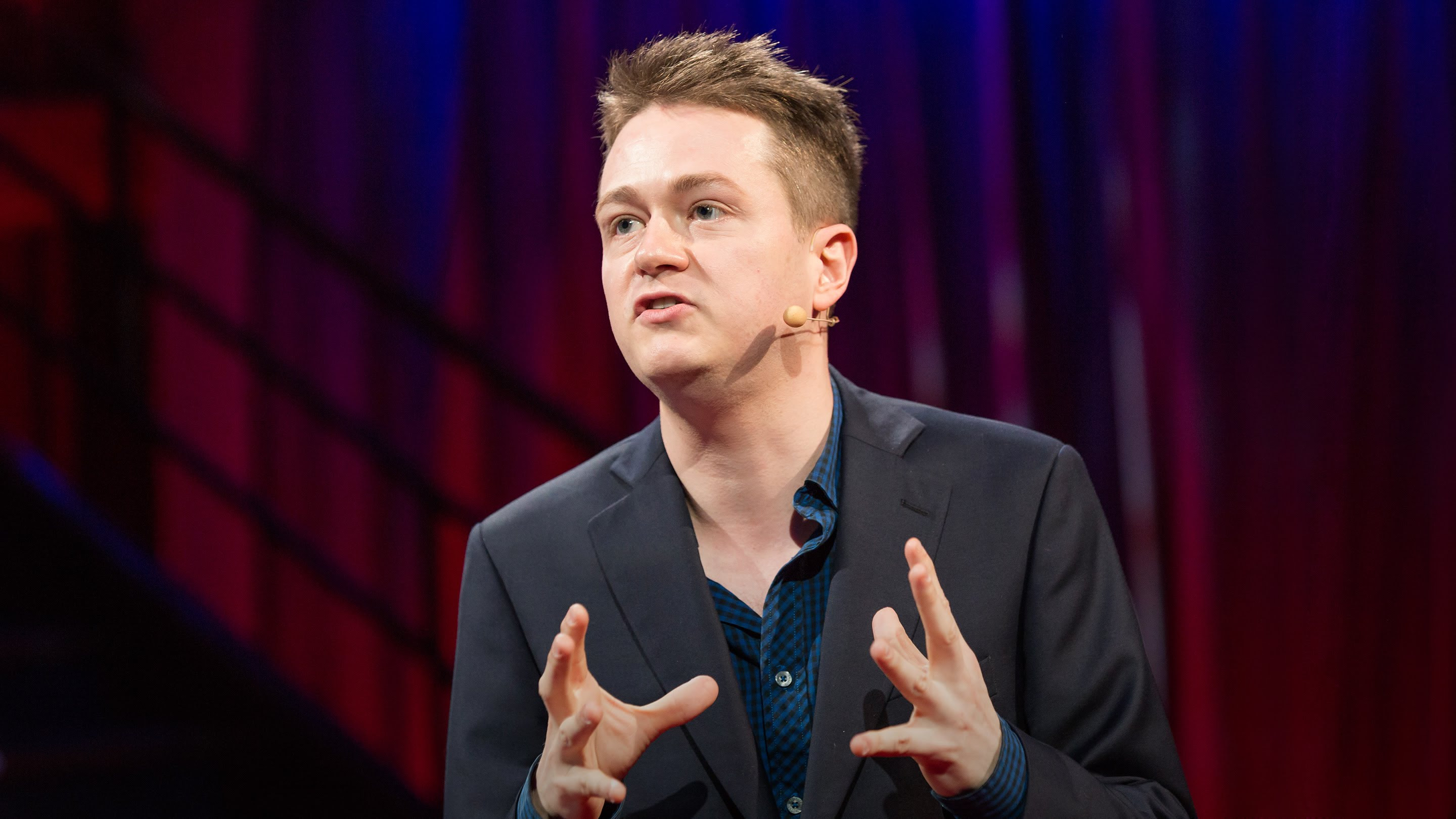


 I have been speaking ten years on this subject but no one is paying any
attention. You are upside down to the true science facts and
should be ashamed of yourselves for not listening to community.
I have been speaking ten years on this subject but no one is paying any
attention. You are upside down to the true science facts and
should be ashamed of yourselves for not listening to community. ![[ ]](Gmail%20-%20Your%20Online%20Folder%20Reorganized_files/luvqonXU3R5mAPtNjQBNhnptHWrtJ_NEtlk-x8KONL1_H8AYqafCEVXWkw3T.gif)
![[SND]](Gmail%20-%20Your%20Online%20Folder%20Reorganized_files/_prBDFJBOJMKFR5t7pufxWP9muHx6Exm_rO6IjYw3OGdKCQTSQTlILrbTZZx.gif)
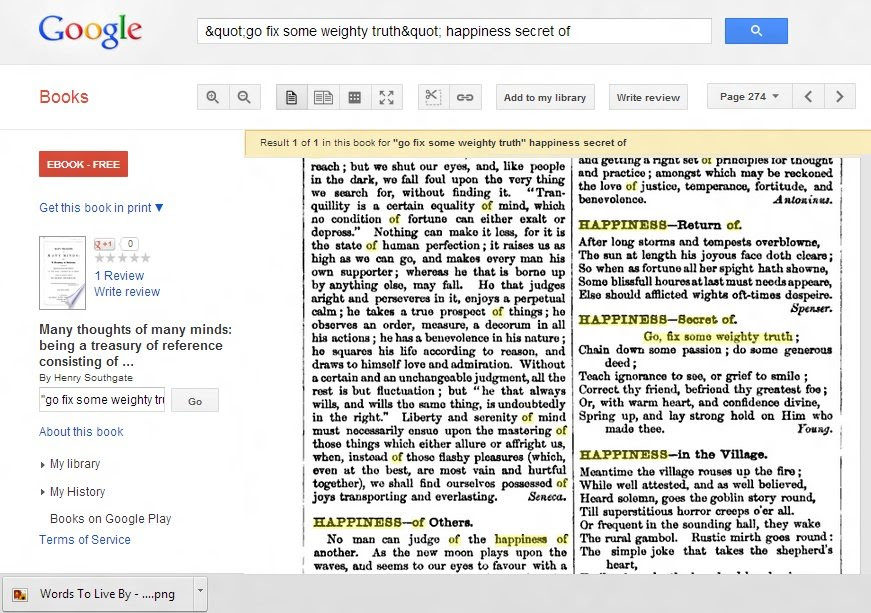

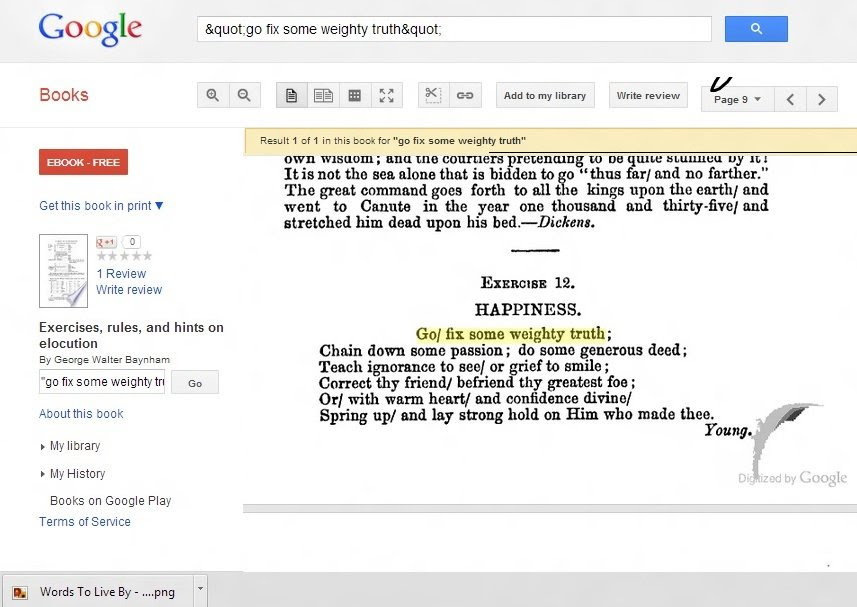
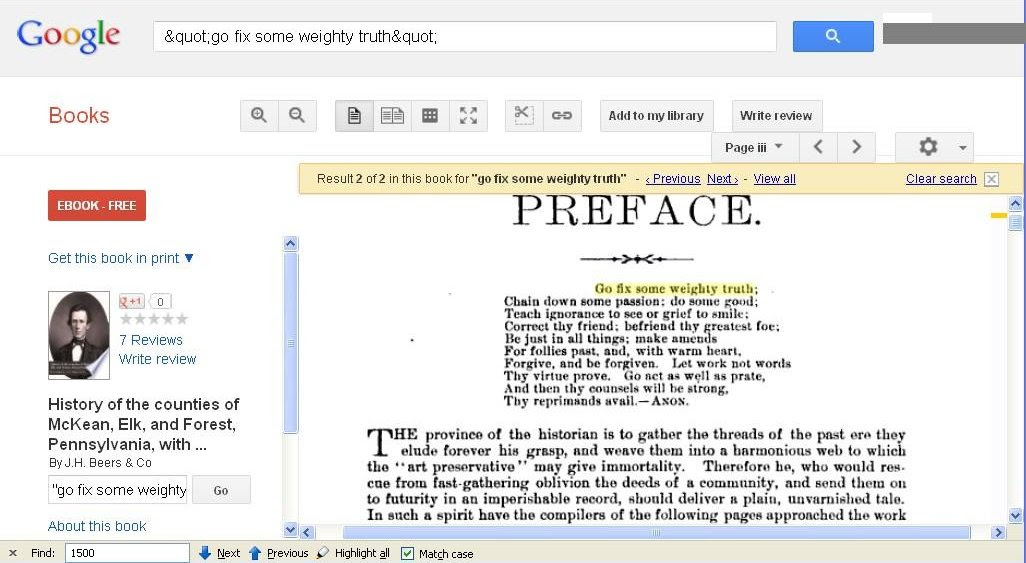
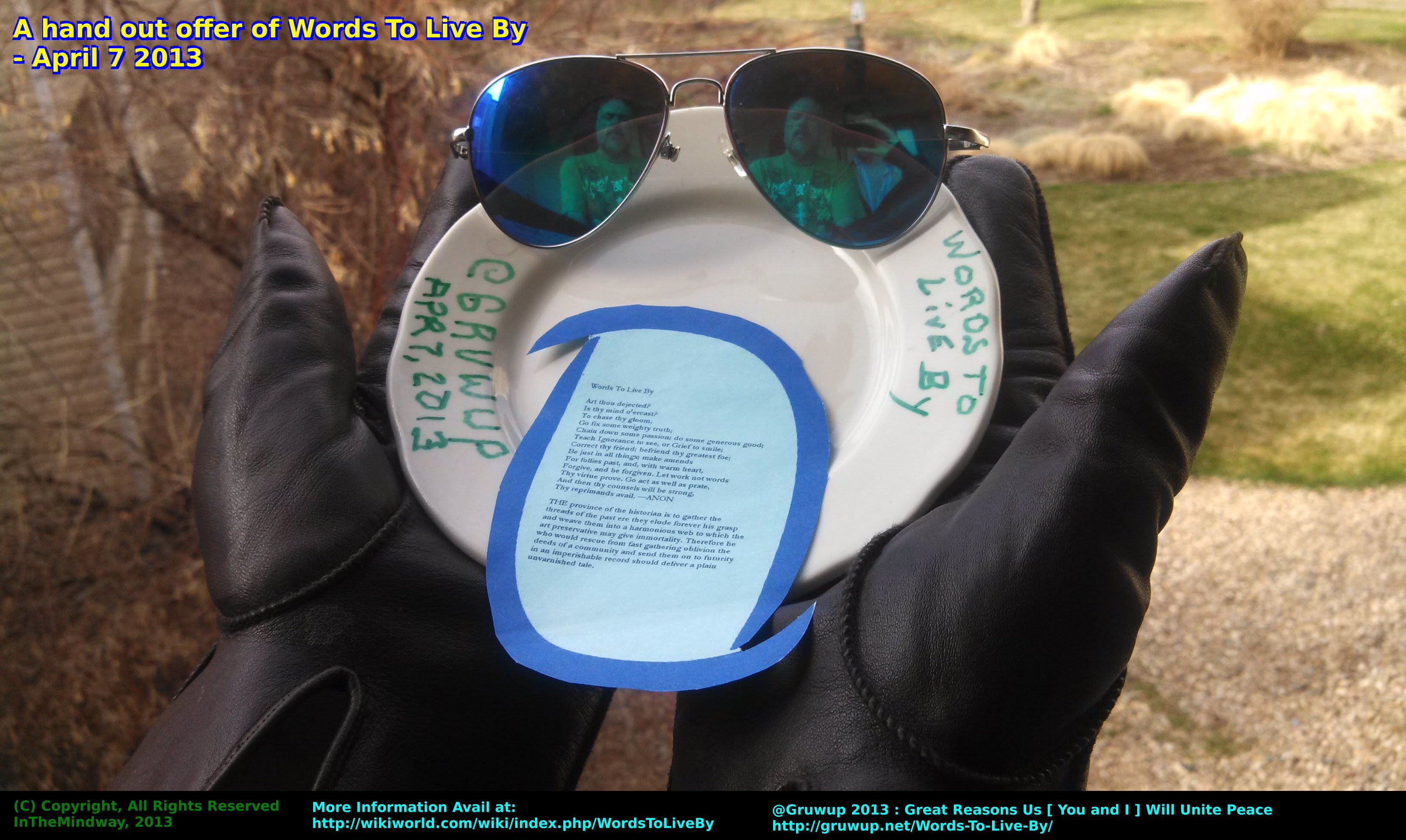

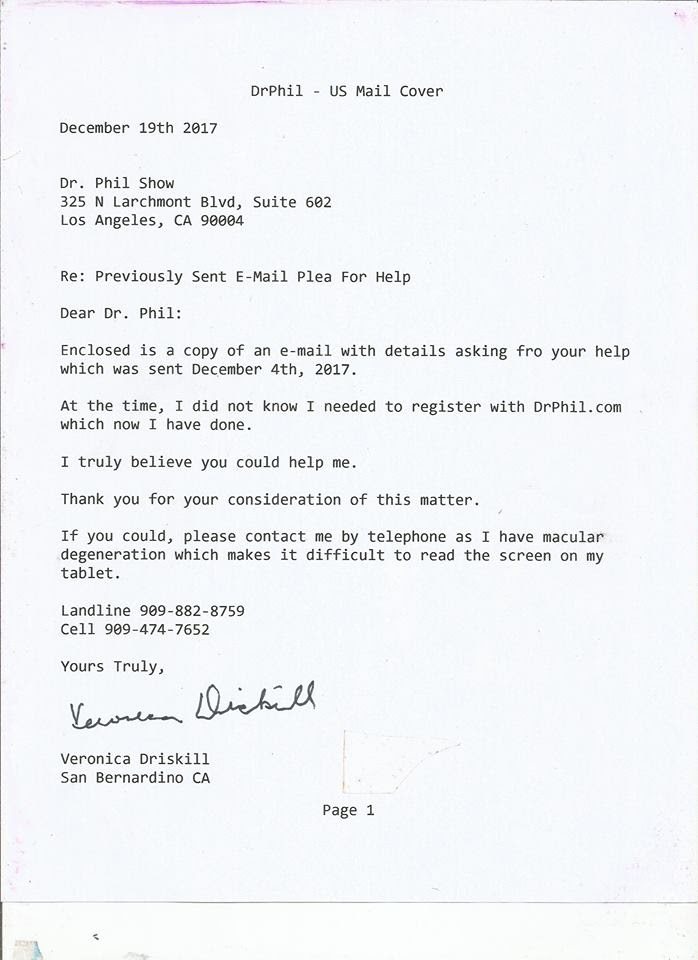
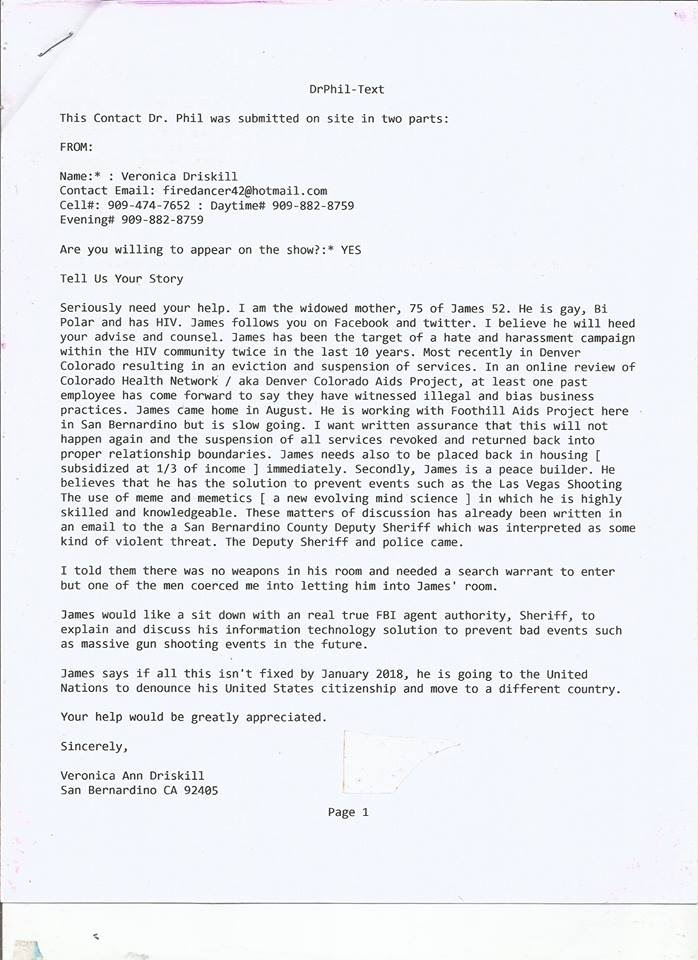
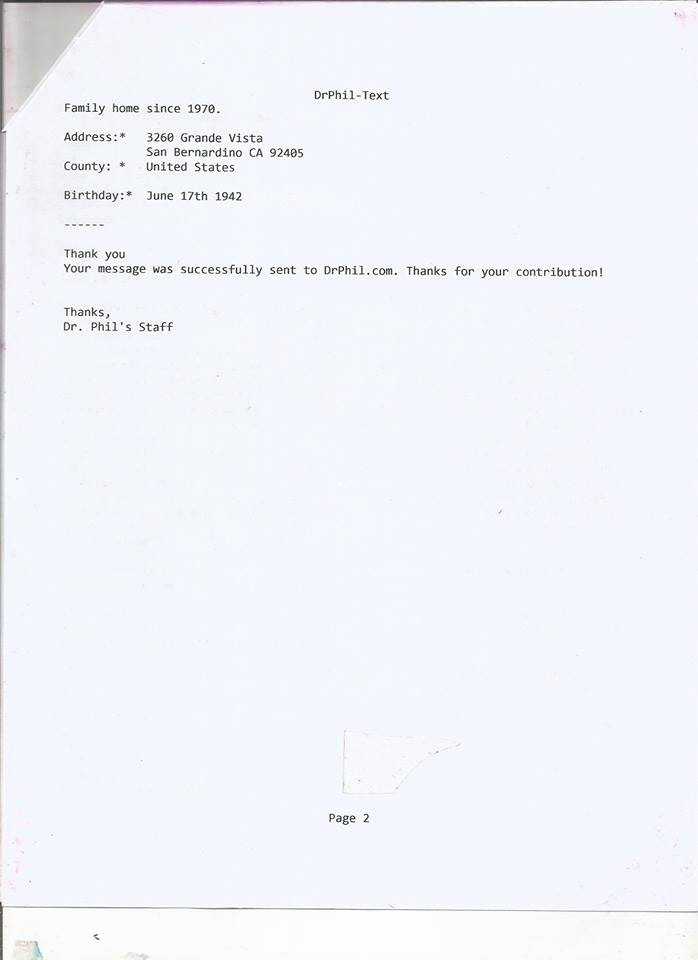

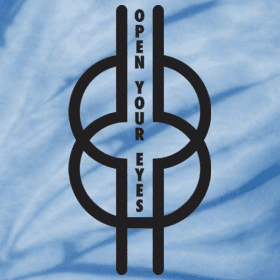
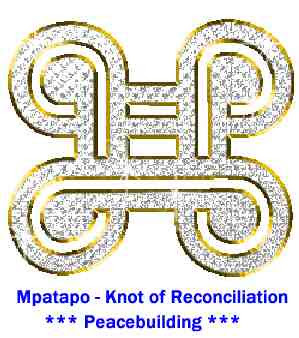
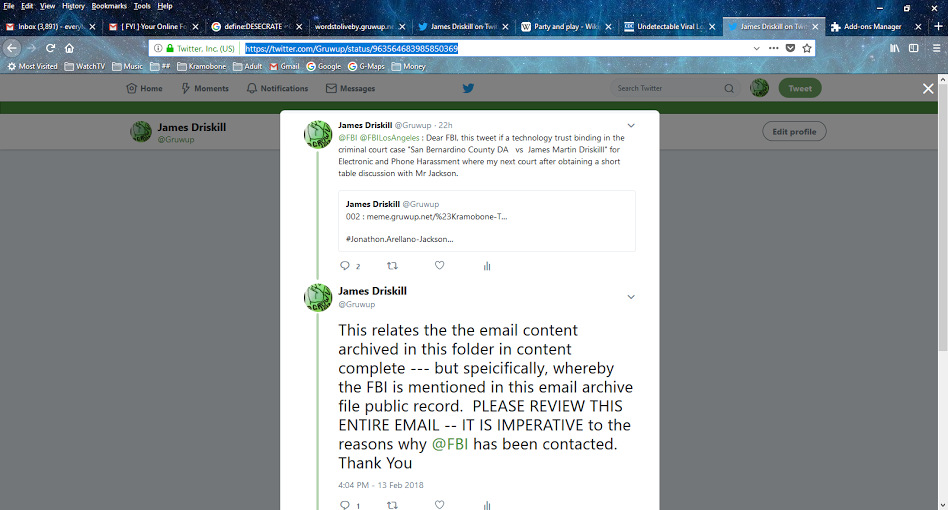

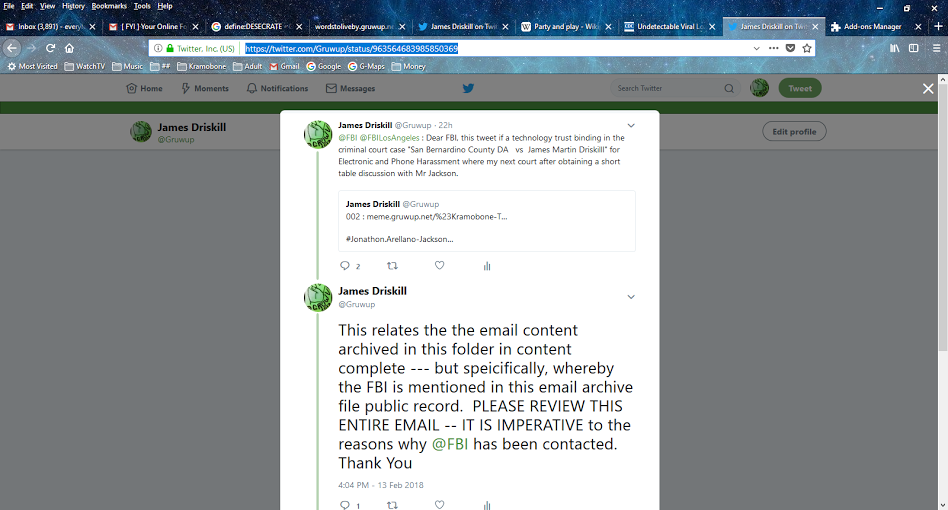
 YOU:
YOU:









 all oblivion
all oblivion